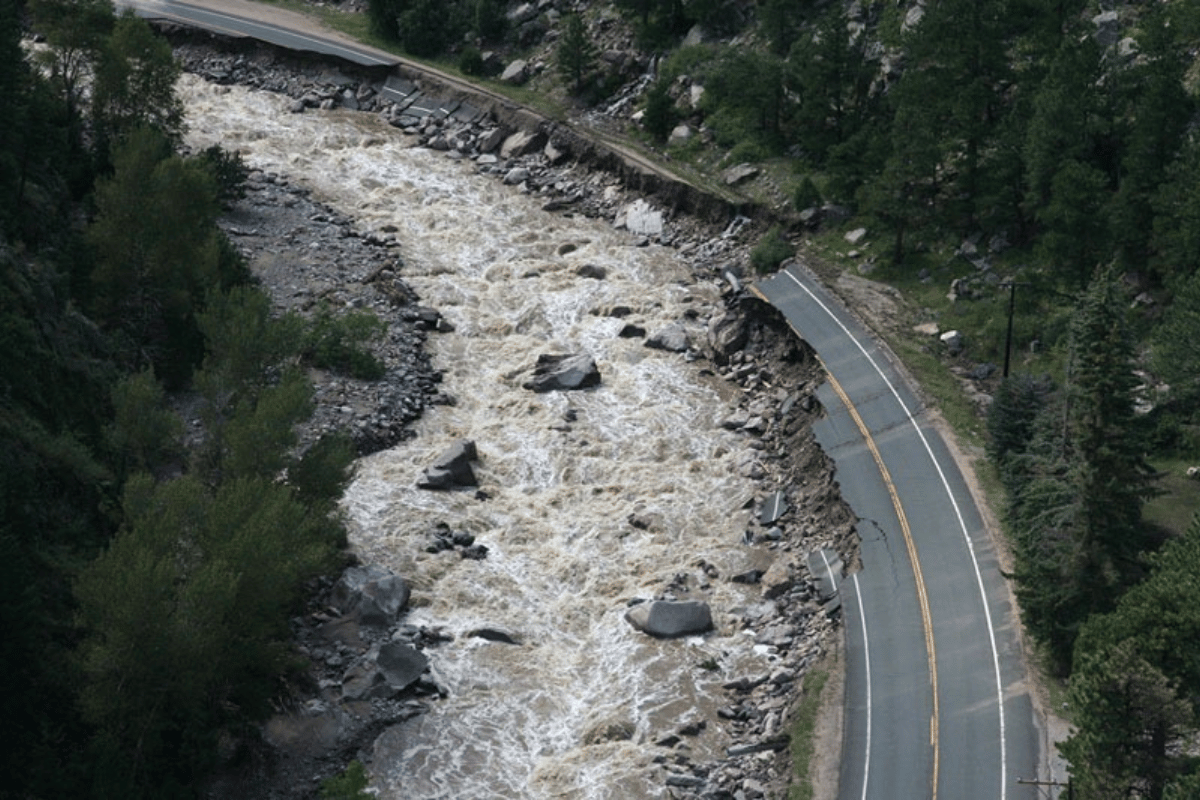
Slovenian photographer Marko Korošec took this picture of a supercell storm near Julesburg, Colorado in May 2013. (Photo: Courtesy Marko Korošec)
When Marko Korošec was chasing storms in rural Colorado last year, he spotted a massive cloud looming. It looked so un-earthly, so doomsday-like, that he could feel his heart beating. He didn't run. He stared at it.
"It looked so fascinating, like something from outer space is coming to Earth," he says.
Then the meteorologist from Slovenia grabbed his camera and snapped a photo.
This week he learned that the incredible image of the enormous storm cloud called a "low-precipitation supercell" edged out more than 18,000 other entries in National Geographic’s 2014 Traveler Photo Contest, taking the top honor.
National Geographic Traveler Director of Photography Dan Westergren, a judge, says "when we first saw the picture we guessed that the photographer probably had dedicated quite a bit of time chasing storms to capture such an amazing sight."
"But what makes the picture particularly strong is that except for the cloud, the rest of the scene is quite ordinary," Westergren says. "The crazy UFO-looking shape gives the impression that it's going to suck up the landscape like a tablecloth into a vacuum cleaner. The unresolved tension in the image makes me want to look at it over and over."
For Korošec, the award, which includes a trip to Alaska, comes as a surprise and honor.
"I have never won such an award," he says. "Actually this was my first big contest I decided to contribute with my photos and was very happy and proud when I became winner."
Potentially dangerous storm
Such clouds are rarely seen outside the region Korošec was traveling in -- the High Plains east of Denver. Eastern Colorado is part of the unusual storm band that stretches from Eastern Montana in the north to West Texas in the south, says Nolan Doesken, state climatologist for the Colorado Climate Center at Colorado State University.
About 10 percent of the time, such clouds can spin out a tornado, he says, adding that if you see one in Colorado, get away, preferably south or west of it.
"If you're at home, hunker down and be ready to take immediate shelter," Doesken says. "Wind-driven large hail is also very likely with these storms, even if they don't make much rain."
The supercell season in Colorado typically begins in May and can last into July. In other regions, such as the Dakotas, the season can begin a month earlier and last month longer than in Colorado, he says.
Korošec, who lives in Slovenia and works as a supervisor of road weather information, shot his photo late in the afternoon on May 28, 2013, near Julesburg in northeast Colorado. He had just dipped into the state for a quick jaunt with a team of storm chasers.
"We stayed there only for a few hours as we were following the storms from mid-afternoon until the evening and then we continued into Kansas for the next day," he says. "While doing storm chasing in Tornado Alley, we're often crossing several states in those weeks we're there, including Colorado. This state has been one of my favorites especially as it has great flat terrain on one side and beautiful landscapes of the mountains to the west."
The cloud produced some rain and large hail -- even some brief funnels, but no tornados, he says.








